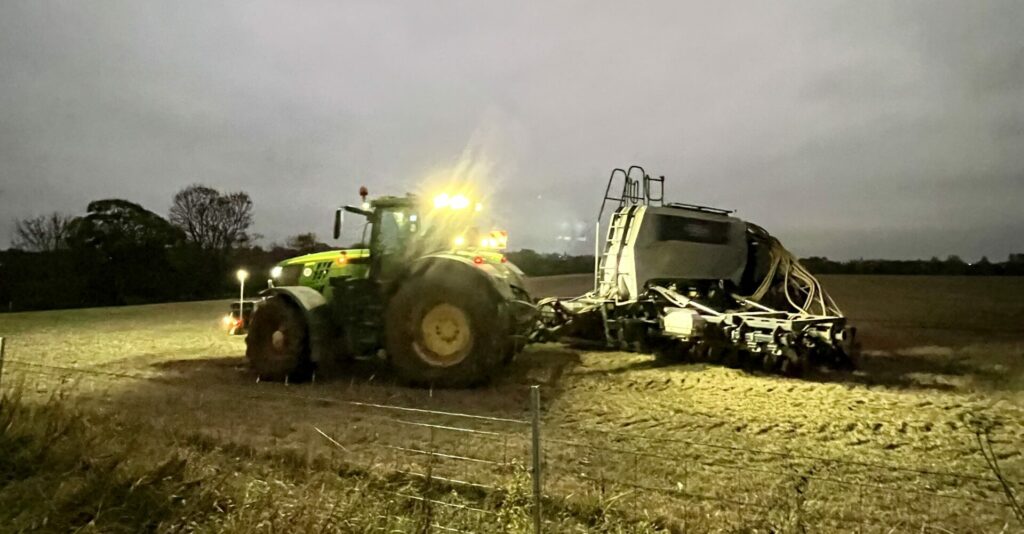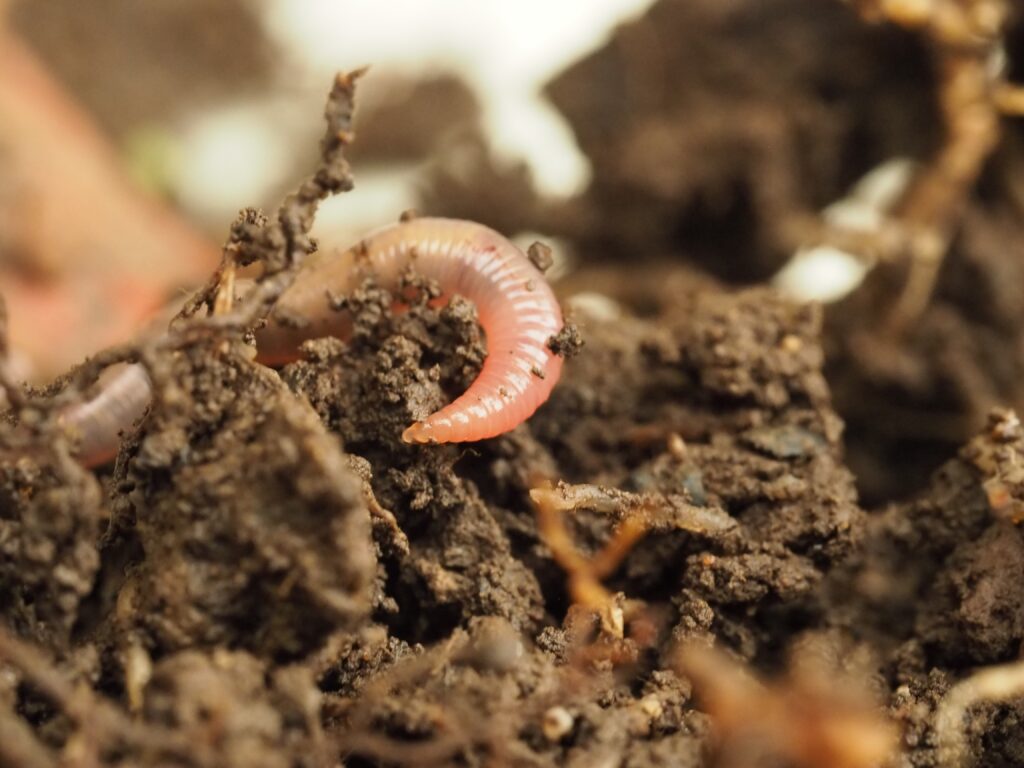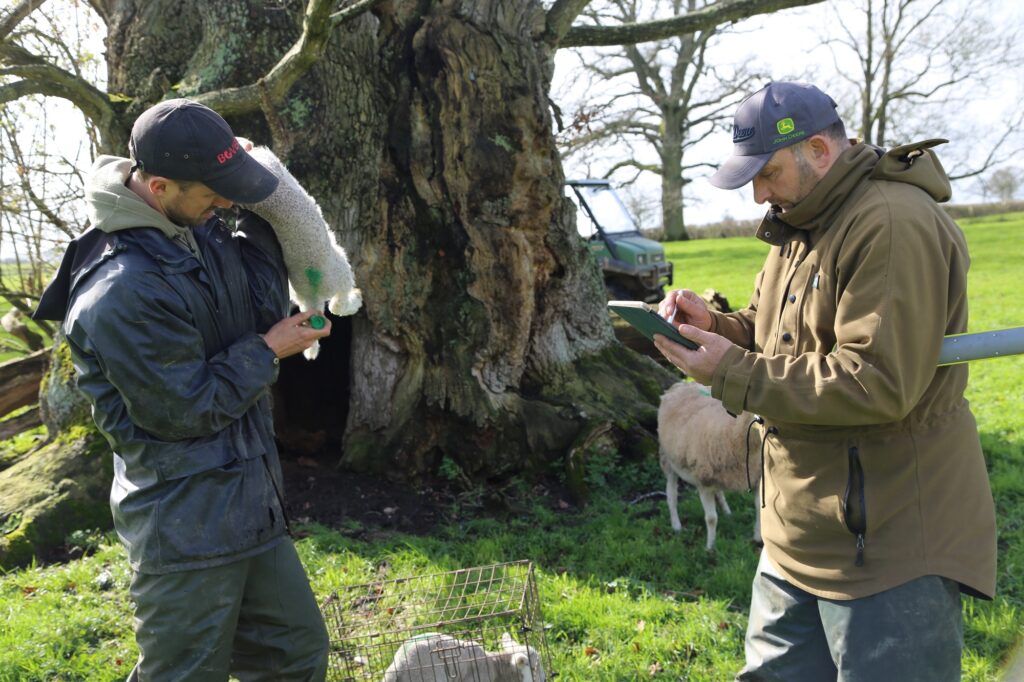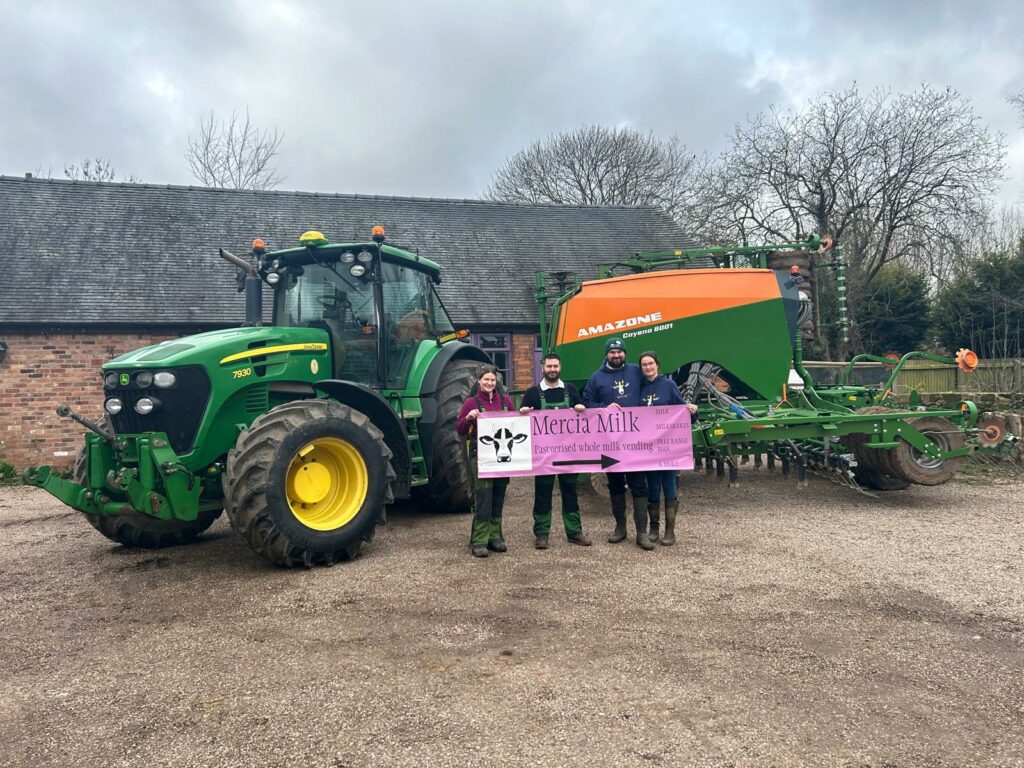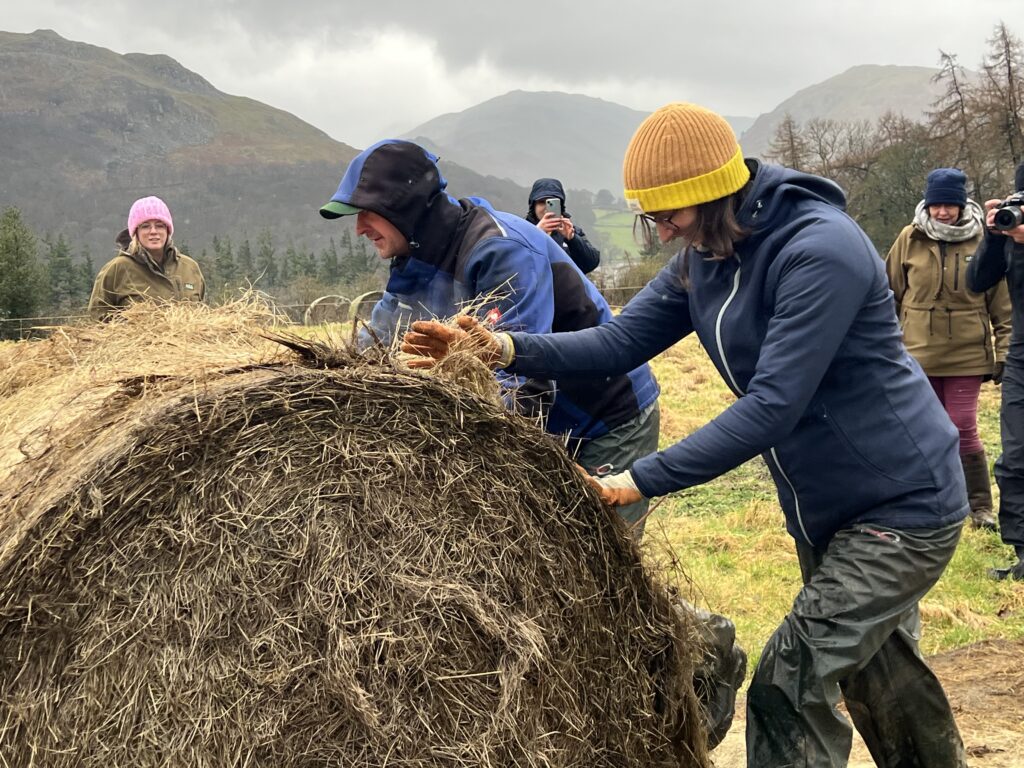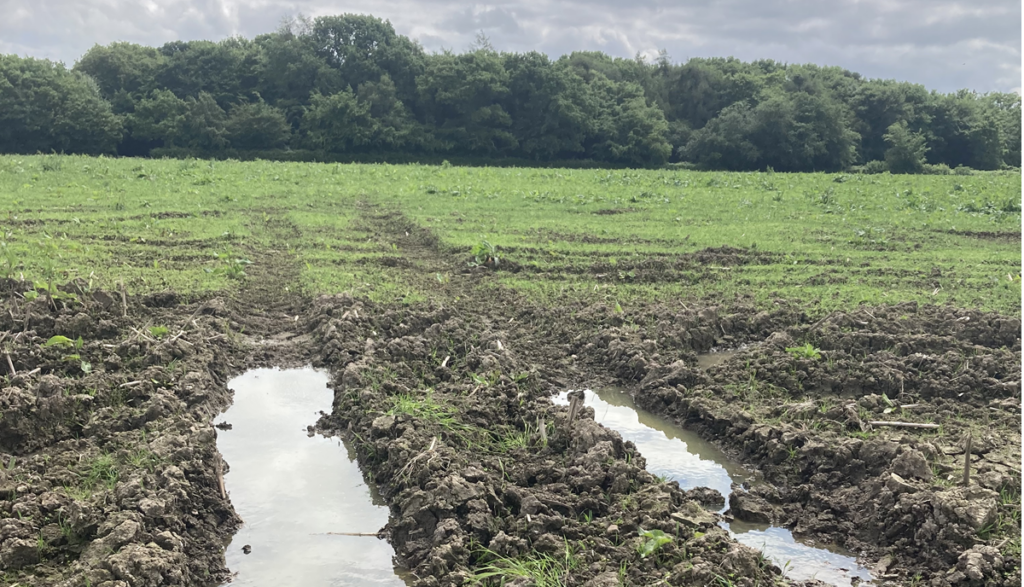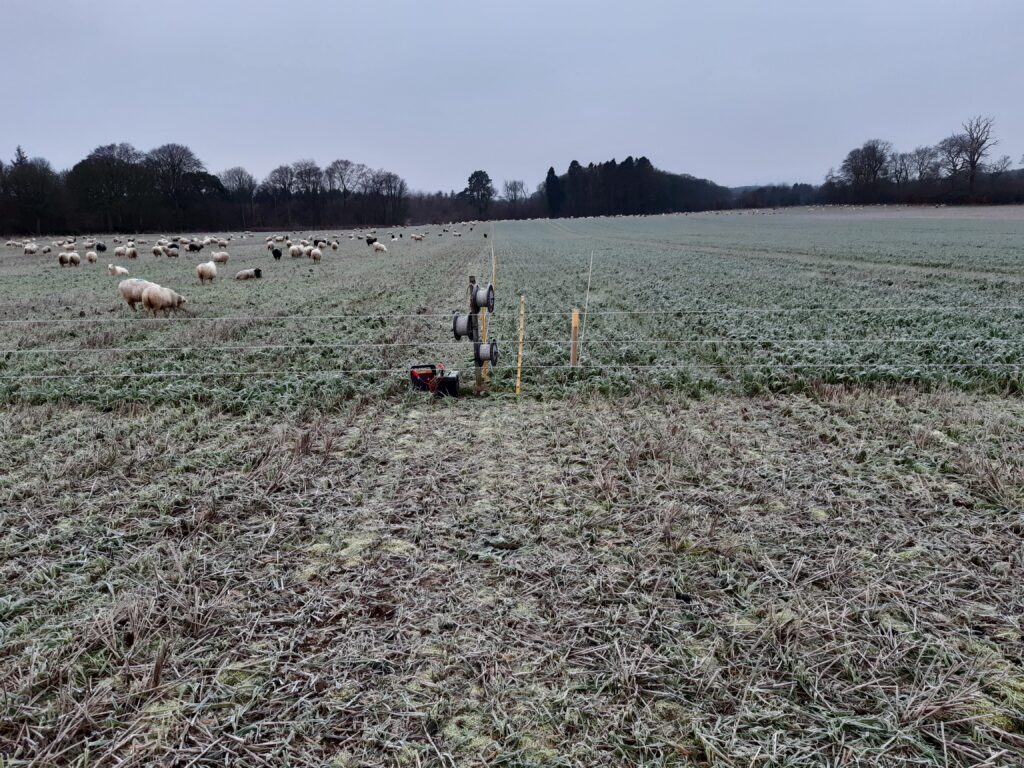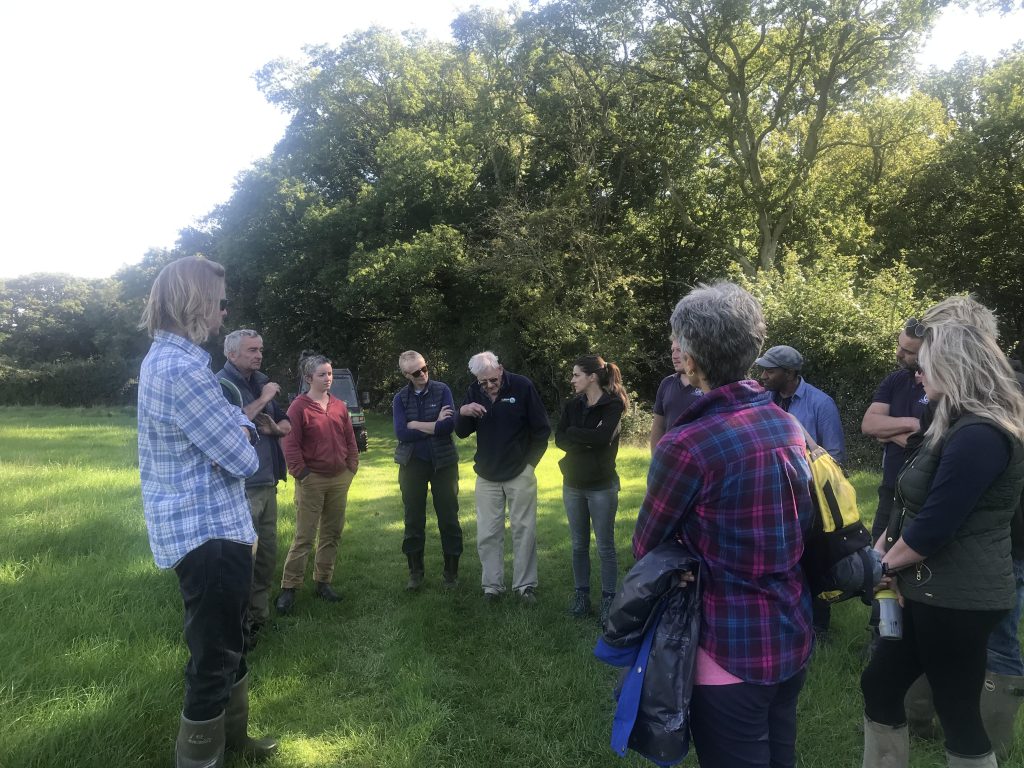With the delayed Spring, forages stocks have been severely challenged, late turn out meant that already depleted Winter stocks were used, and grazing paddocks left longer than expected in warm wet conditions continued to grow so quality was reduced. This alongside being unable to apply fertiliser particularly in the heavier soils of the west has meant a late start to both grazing and silaging in the livestock sector. Even now soils have not recovered, recent silaging has been under challenging conditions in many areas trailers and foragers being pulled in and out of fields. This means that the silage is likely to be poorer quality due to late cutting, little or no fertiliser applied so yields not what they could be and the resulting damage and compaction to fields potentially having a knock-on effect for 2nd cut. Upon completion of VESS soil inspections around the country, compaction can be seen because of heavy winter rainfall, animal treading following a wet Autumn and Spring, this will mean that plant roots will be restricted from taking up water if the summer turns dry reducing the ability of the plant to endure periods of drought.
